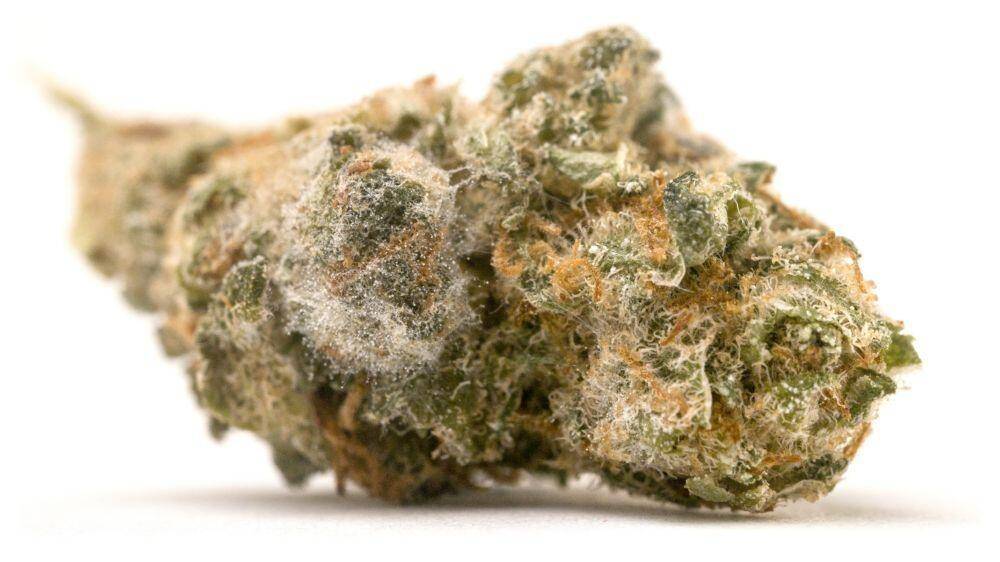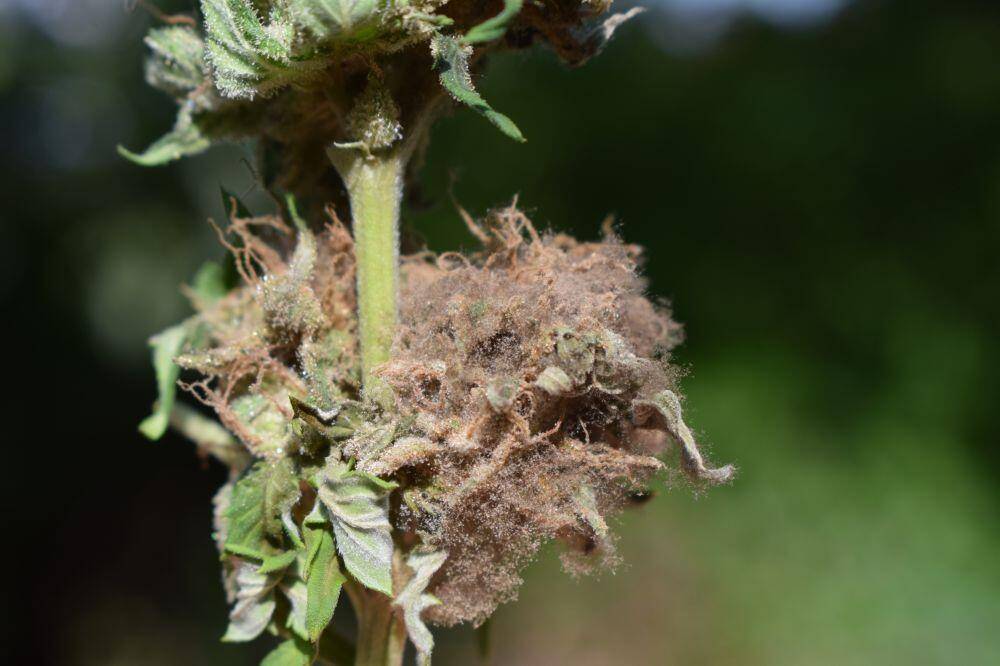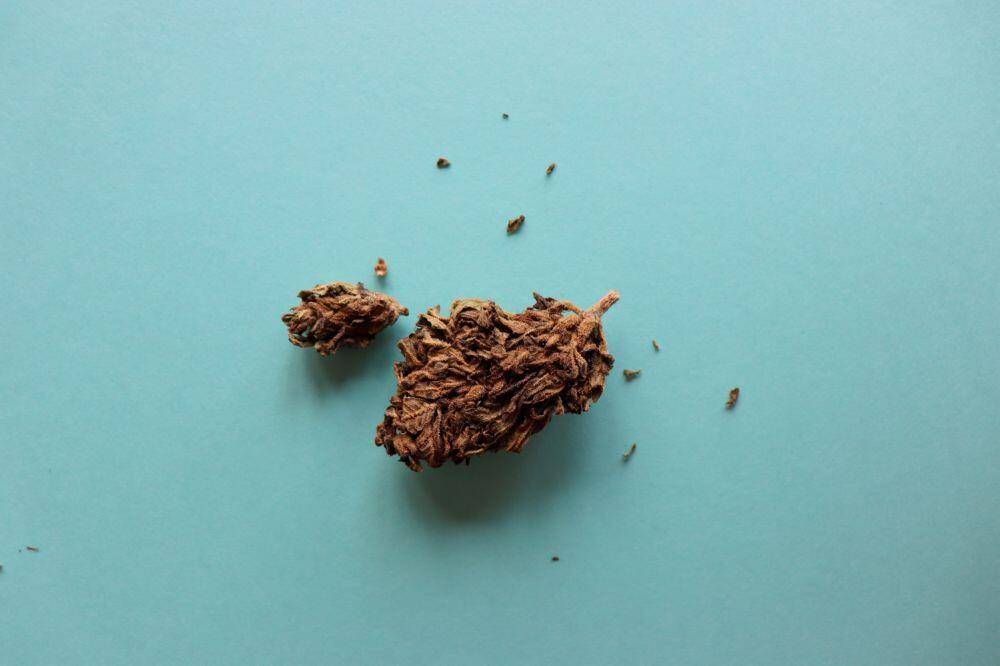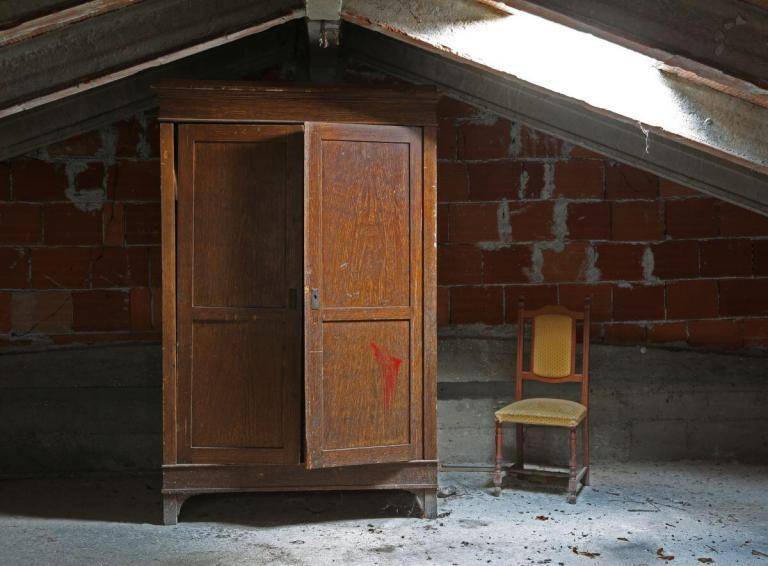Why is my weed brown? Brown weed, sometimes known as brick weed, is often associated with low quality, dirt and bad smell. It is the lowest grade of weed consumed by people who are not in a position to afford good weed.
Most farmers grow this weed mainly for quick money since the number of users with limited funds is high, hence the excellent market. Additionally, growing it is relatively cheap.
For brown weed, the buds are harvested before they are fully-grown, taking only the right parts which are dried and consumed afterwards. The weed has a low concentration of THC making it hard for the user to get an excellent high.
It is also important to note that consuming too much brown weed leaves you feeling sick rather than high.
Characteristics Of Brown Weed
As mentioned earlier, brown weed is low-quality weed grown in dirty land, discussed below are its common characteristics:
Smell
Brown weed has a skunky smell that is not appealing to many. The scent is strong and may not disappear, even after taking a bath and changing your clothes.
Feel
Brown weed is grown in a dirty land full of stones and other plants. It does not give you a reasonable high, even after consuming a fair amount. Too much of brown weed leaves your body feeling weak and sickly.
Taste
The taste of a strain depends on circumstances under which the buds were grown. Brown weed lacks a nuanced flavor that is associated with the most high-quality strains.
Positive Uses Of Brown Weed
There is a right side of these type of cannabis, for instance, in the preparation of weed recipes, and you run out of high-quality strain, brown weed is used instead to achieve the desired results. It is also appropriate for users whose bodies are not tolerant of high THC.
Additionally, the weed is used as a prescription to patients with mental illness since it acts as a pain and stress reliever.

Why is my weed brown? The 6 possible reasons.
Healthy cannabis is associated with dark green fan leaves and sturdy stems, and every grower aims to achieve that. However, things may go wrong, and your weed appears crisply and discolored.
If your cannabis plant leaves look discolored, read the guide below. The guide has detailed information on the possible causes and how you can fix them.
- Nutrition Issues/ Change In pH
Just like growing any other plant, cannabis plants require balanced, vital nutrients to thrive. The nutrients help the plant in photosynthesis, flowering and tissue growth. For plants to grow healthy and robust, they need micro and macronutrients.
Luckily, using fertilizers and supplements, growers can supply the plant with the required amount of these compounds. However, their effort may fail since plants may exhibit deficiency symptoms, mainly due to pH changes. Extremely low pH or high pH destroys the plant’s ability to absorb nutrients, which lead to discolored and dry leaves.
Possible Solution
To solve the problem, adjust the pH level of your growing area to restore the required balance. Most cannabis plants do well in a pH of 6.0-7.0, which can be measured using a pH tester that determines the pH of the soil. Additionally, you may choose to use pH correction supplements available at the growing store near you.

- Pests And Fungi
Different species such as moulds, insects and microbes are likely to invade your cannabis plantation. Interestingly, caterpillars, slugs and aphid are known to feed on marijuana leaves, whereas the parasitic nematodes will concentrate on the roots.
Although cannabis plants can survive a little damage from the pests, prolonged damage causes them stress resulting in dry and brown leaves.
Possible Solution
As a grower, make it your duty to protect the plant from any damage by pests. You may choose to use predatory insects such as ladybugs to clear the problems or grow companion plants such as sunflower, which distract and repel damaging insects.
- Light Burn
Light is a useful component to all plants since it is required for the process of photosynthesis to take place. It is also needed for the cannabis buds to grow. However, too much light will destroy the upper plants of the cannabis plant, causing the leaves to discolor.
Possible Solution
When growing your strains indoors monitor the light intensity closely, it should not be too low since you need the buds and not too high to protect the plant from the light burn. In case you are growing the weed in a limited space, ScrOG and LST techniques may be ideal as they keep the canopy at a lower level. You may also choose to use LED lights which are cheaper to run and emit less heat.
- Excessive Watering
All plants need water to grow, and cannabis plants are no exception. Water takes part in photosynthesis, transportation of nutrients and turgidity of a plant.
Too much absorption of water by a plant, causes the cells to bulge and finally rupture which in the end gives the leaves a brown complexion. Additionally, too much water in plants supports the excessive loss of nutrients in case the plant skin breaks.
Possible Solution
To avoid giving your plants excess water, only water them when the top five centimetres of the soil is dry.
- Overheating/Heat stress
Too much heat is known to destroy the cell a plant beyond a point of repair. Excess heat makes the leaves lose moisture through transpiration and dries out.
Possible Solution
When growing cannabis plants outside, keep a shade of either cloth or sacs to prevent the plants from the intense heat. In an indoor setting, you may use air conditioners and fans to regulate the amount of heat in the greenhouse.
- Old Age
Just like any other plants, cannabis plant does not stay young forever. The plant will have brown and dry leaves naturally at the plant end of its cycle.
Possible Solution
The plant will keep growing, and as a farmer, it is not possible to control growth. Fortunately, it is possible to avoid harvesting brown weed by defoliating the dying leaves to improve aeration.

Effect Of Color On The Quality Of Weed
Can you tell the quality of weed just by looking at it? This is a common question in the cannabis world.
It is possible to judge whether a strain is Indica or Sativa by looking at its color, but it is not easy to use that method to determine the potency of the weed. While many consider brown weed as dirty, smelly and non-effective, some feel it works best for them since different bodies react differently.
With weed, there are things you may learn from the appearance, for instance, if it spackles then it either contains crystals packed with cannabinoids or doped with glass, and there are others that take more than that – the brighter the color, the better the strain in terms of potency and quality.
The bottom line is brown weed does not necessarily mean cheap quality. However depending on the circumstance leading to discoloration, then it becomes easier to judge the quality of a strain.
Signs To Look Out For As A Grower
As discussed earlier, the leaves of a cannabis plant will discolor for different reasons, and this makes it harder to identify the primary cause. However, the following signs on you plant leaves or buds should raise the alarm,
- Yellow tips
- Brown edges
- Burnt tips
Final Thoughts
Waking up and finding the leaves of your cannabis plant, discolored can be disheartening. Every grower aims to have a healthy plantation for higher yields and quality purpose. With the causes and solutions given in this article, you are about to have a new experience in your growing.
Frequently Asked Questions
Why are my weed buds turning brown?
Is brown weed good?
Why aren’t my weed brownies working?
Is brown weed old?
Can brown weed get u high?





